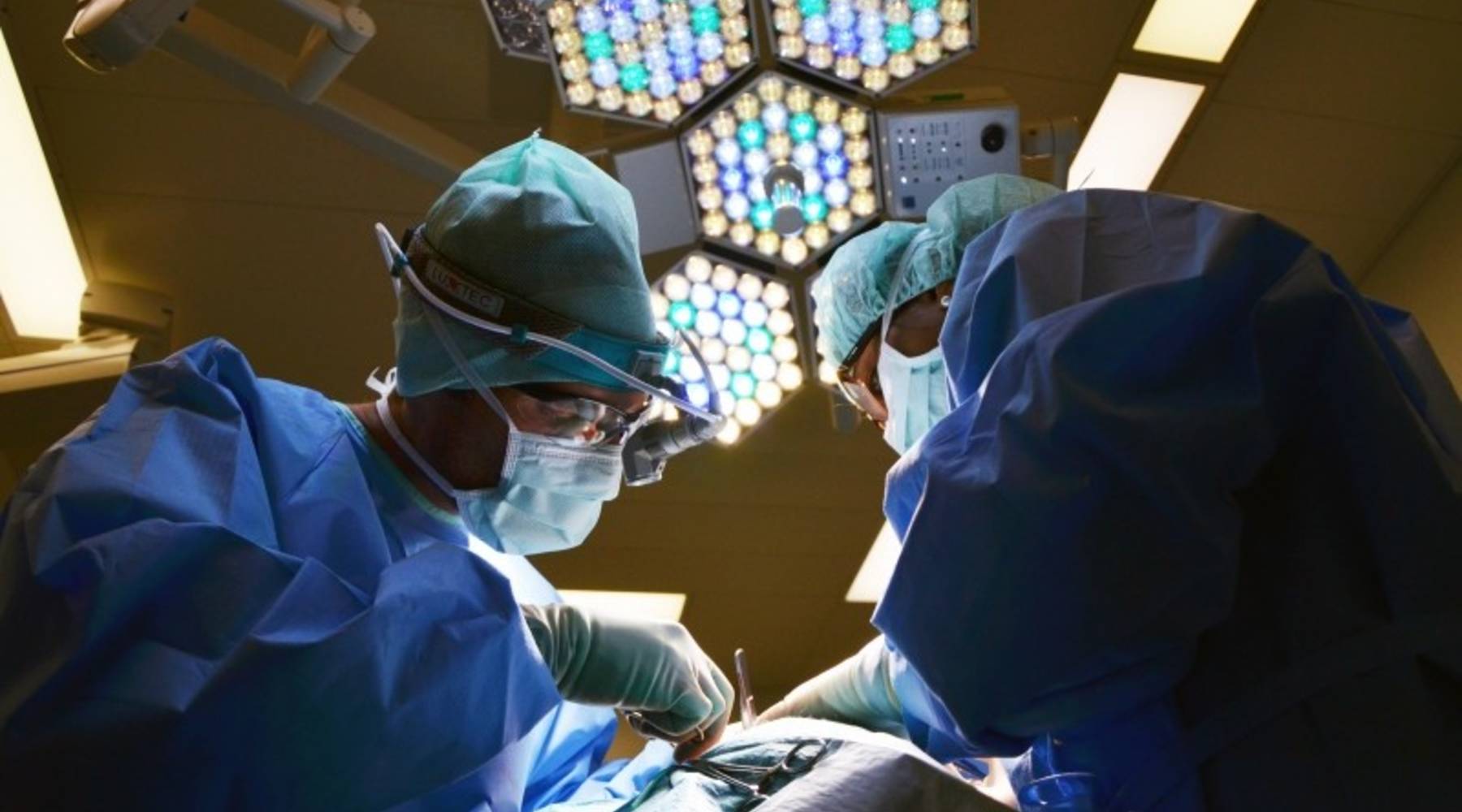In surgery, practice makes perfect
From today’s file of statistics that will scare you, a patient-safety organization called The Leapfrog Group finds survival rates for some high-risk surgeries can swing by as much as 23 percent depending on the hospital a patient visits.
In all, The Leapfrog Group looked at four risky surgeries including esophagectomy, replacing the aortic valve in the heart and removing some or all of the pancreas.
Dr. Tom Varghese, a surgeon at the University of Washington, often performs esophagectomies. He says there’s good reason why a patient dies during a procedure that involves removing some or all of the esophagus. The patient is often weak and malnourished. That patient has often gone through chemotherapy and radiation, and then, Varghese has to cut him open to perform a tough procedure.
“So you take out the esophagus, then you have to reconstruct the replacement which is most of the stomach. And then you have to make that stomach, which is a big sack, make it into a tube. Then you have to stretch it back up to reattach in the neck,” he says.
Varghese says he performs maybe 15 of these surgeries every year. The study found in general the hospitals that performed these procedures the most tended to have the best outcomes. That’s no surprise says Dr. Bob Wachter at the University of California, San Francisco.
“There’s clear evidence that practice does make perfect. The more cases you do in general the better you are,” he says.
Wachter says the hospital matters, too. Questions like: Does the facility report their mortality and readmission rates? Do members of the staff wash their hands? Do nurses feel comfortable calling a doctor at 3 a.m.? All play a role in patient quality.
The trouble has been it’s hard to find reliable information. Consumers in need of care today still must rely on a patchwork of sources. Wachter says for certain procedures, like transplants and some hearts surgeries there’s decent information.
Patients can also turn to Consumer Reports, U.S. News and World Report and other rankings. Ultimately though, Wachter says people are “stuck with sitting down and meeting with the [physician] and looking them in the eyes and seeing if this is a person I can trust,” he says.
But Leapfrog’s Erica Mobley says change is coming.
“Healthcare hasn’t really been held to the standards of other industries, having to publicly report information the good and the bad,” she says.
When Leapfrog began its hospital survey in 2001, only 200 hospitals responded. This year, 1,500, or one-third of all hospitals nationwide participated. And consumers are a driving force behind better quality information.
In a recent survey, Mobley says consumers said what disturbed them the most was not high infection rates, nor even when surgeons left an object inside a patient. It was when hospitals withheld information and failed to report data. And it appears hospital executives are listening.
There’s a lot happening in the world. Through it all, Marketplace is here for you.
You rely on Marketplace to break down the world’s events and tell you how it affects you in a fact-based, approachable way. We rely on your financial support to keep making that possible.
Your donation today powers the independent journalism that you rely on. For just $5/month, you can help sustain Marketplace so we can keep reporting on the things that matter to you.


















